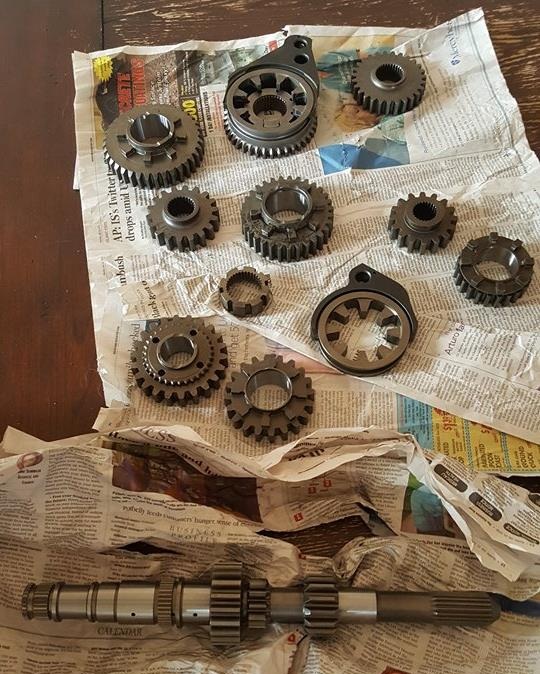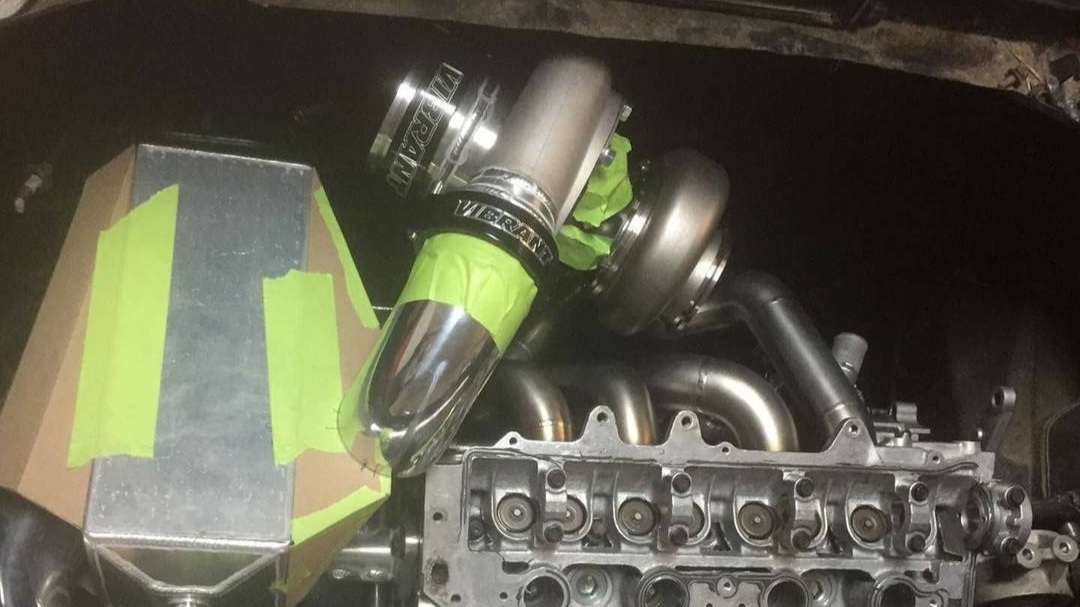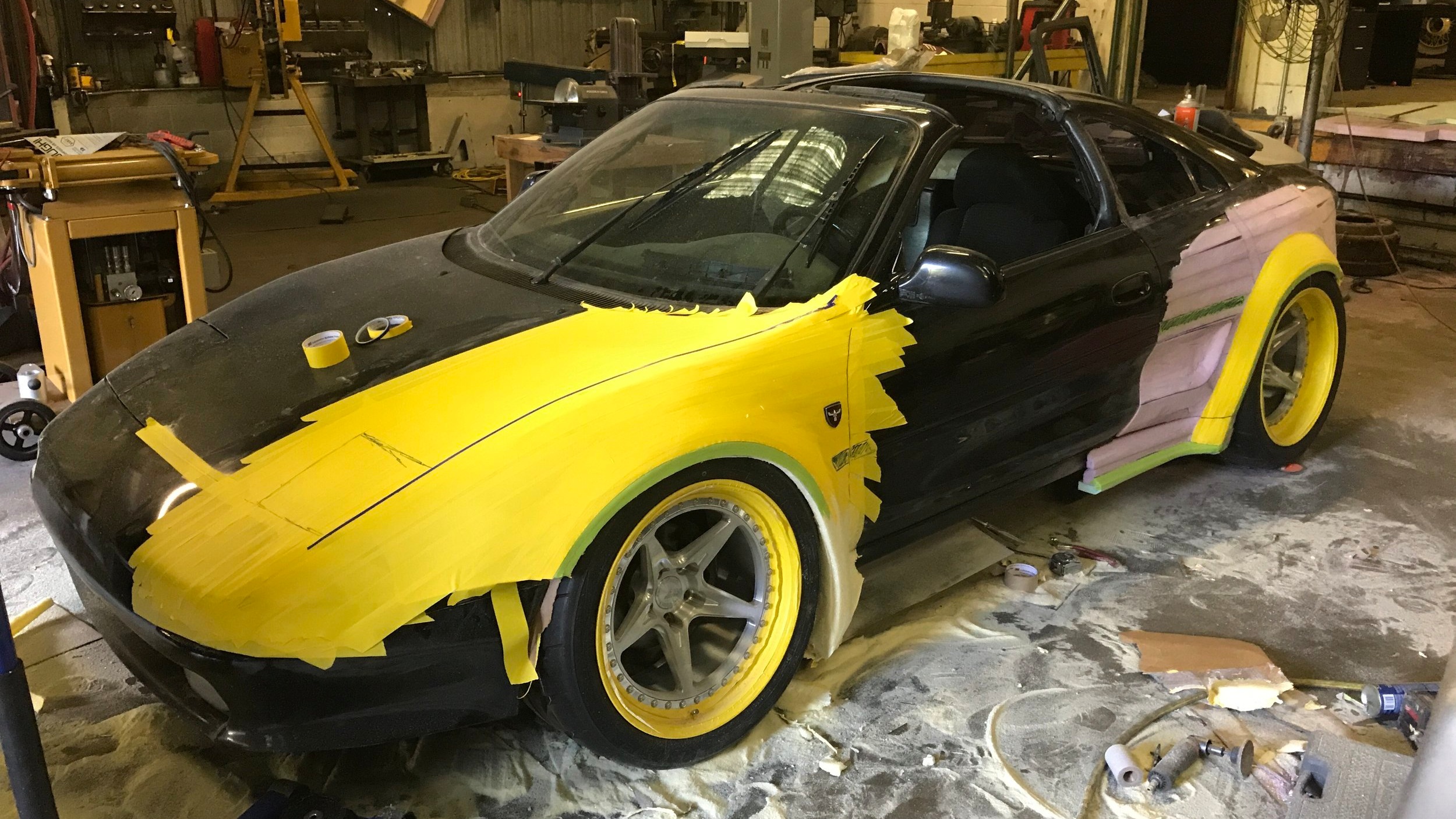1992 Toyota MR2 turbo
It’s all been done before with these old Japanese sports cars, right? Maybe after we’re done with this one! 1000+hp goals on the 3sgte in a custom all metal wide body. All motec electronics, SMT servo controlled PPG dog box, 6 pot Alcon calipers, FP Super 99 turbo, DBW conversion, about 8800 cc’s worth of fuel delivery, and a full assortment of HUX Racing and Wilhelm Raceworks parts to name a few of the goodies going into this build.
The project officially kicked off in mid 2016 with the collection of some of the basics.
Head:
TODA RACING High Power Profile Camshafts
TODA RACING Adjustable Cam Pulley
HKS valve springs
1.0mm OS valvesTitanium retainers
1zz shim-less buckets
Arp L19 studs
High temp guides and seats
Block:
98 Block with main bracket
BC stroker kit
Moroso oil pan
Hux billet main caps
Hux stud seats
Arp main studs
ACL HX Race Rod Bearings
ACL HX Race Main Bearings
ACL Thrust Washer
Hard Blok Engine Block Filler
Cryo treatment
VMAX girdle
“Bolt-Ons” and accessories
Fp super 99 tial housing
Custom tubular exhaust manifold
Custom intake manifold
Hux top feed fuel rail -10an
2200ID injectors
Magnafuel 2000HP Fuel pump
Aeromotive fuel regulator
Hypergate 45
RacePort BOV
Garrett 1000HP IC Core
GM Camaro SS throttle body
Meziere Electric Water Pump
In February of 2017, the shell was sent out to Yocum’s Signature Hotrods in Norfolk, Virginia and the bodywork was started! The shop has subsequently moved to Sunbury, North Carolina and is almost completed as of early 2019.
Preparing mockups for the custom body work
Before a single clay or foam mockup was created, there was a series of photoshops created to help represent the work that was to be desired. Most of the inspiration for the arches came from the B5 and B7 Audi RS4, the Porsche 996 911, and the E46 M3. Other existing wide body mr2s like Martin Valent of TM Racing, Pouya’s MadPSI original custom flared wide body, and manav dawar naavvii’s custom flared wide body helped fill the gaps as well.
Foam and clay mockups
The physical process began with using clay and foam to mock up what the eventual body lines would look like. The fenders had to house some serious tires (275 up front and 305 in the rear).
As you can see with how the metal work came out below, the mockups were quite useful in establishing the important lines and curves of the flares.
















